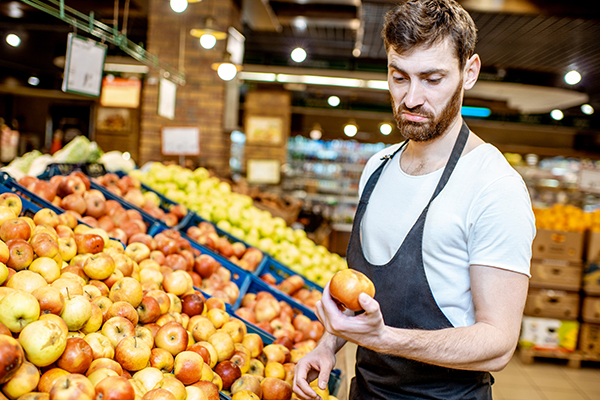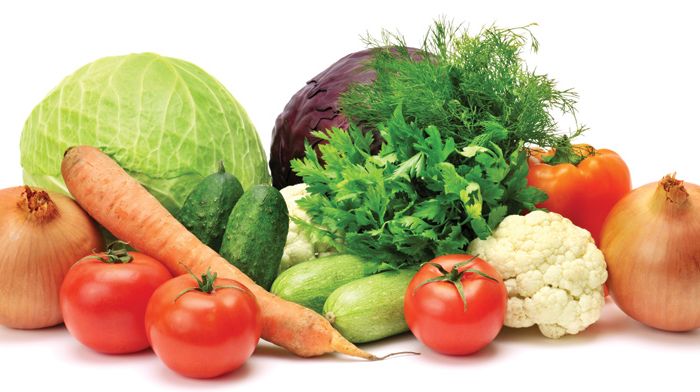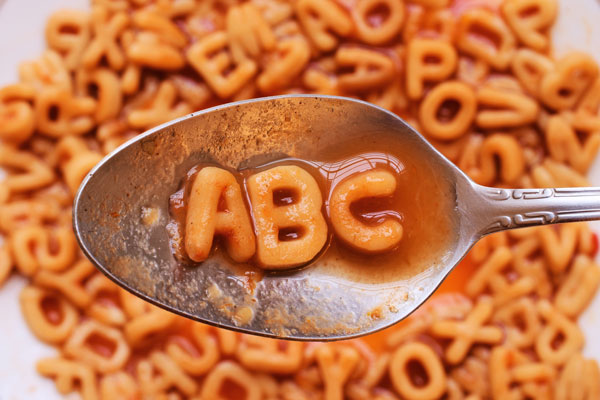What Do Your Guests see? A Front of House Checklist to Ensure Quality and Safety of Food
Hi Everyone! Here it is September already – Food Safety Education Month! Where did the summer go????
As you may recall from the first blog posted in August, we talked about how Risk-Based Inspections are the new normal for most regulatory health authorities and the importance of day-to-day oversight to prevent foodborne illness and ensure quality of food served. In our opinion every staff member in the foodservice operation has a role to play in keeping food safe and meeting quality standards.
Being big believers in checklists, we created a 21-point checklist (see second August blog) to help address key risk factors in the back of the house–time and temperature controls, food from approved sources, cleaning and sanitizing, and of course, employee health and hygiene.
As promised, here is a checklist focused on activities that occur in the front of the house. We advise that before doors open each day (or before each meal period), a “walk about” be conducted to see what your customers will see. This task can (and should) be rotated among staff members. (Of course, supervisor still need to monitor practices throughout the operation to be sure policies and procedures are followed.) For any item that receives a “No”, corrective actions should be noted indicating changes made to meet the standard. Whoever has the assignment for the day, signs their name. This checklist has 28 items focused on staff and the facilities (think of these as people and place). Of course, you can modify this checklist to address specifics for your operation. But the key is to raise awareness that the responsibility for safe food belongs to everyone, and to train the eyes of staffers to recognize needed areas of improvement!
Risk Nothing!

READ MORE POSTS
The Alphabet Soup of Hepatitis and Why it Should Concern Foodservice Operators.
Late in July, I was made aware that World Hepatitis Day was on July 28th. I do have to be honest – similar to most of you reading this, I was surprised there was such a thing. After doing a bit of research, I discovered July 28th was named as such to recognize the birthday of Dr. Baruch Blumberg, who first discovered the hepatitis B virus in 1967 and then two years later developed the first hepatitis B vaccine. Each year, the Centers for Disease Control and Prevention and the World Health Organization recognize the day to help raise awareness about hepatitis, which impacts over 300 million across the globe and causes more than one million deaths a year.
Food Recalls: Another Important Reason to Have a Sound Traceability Program in your Foodservice Operation
Earlier in the month, I discussed a bit about the proposed traceability rules that may be coming out soon. One result of implementing the proposed rule and improving overall food traceability in your operation is the ability of those in the food chain to quickly identify and pull product involved in a food recall.










